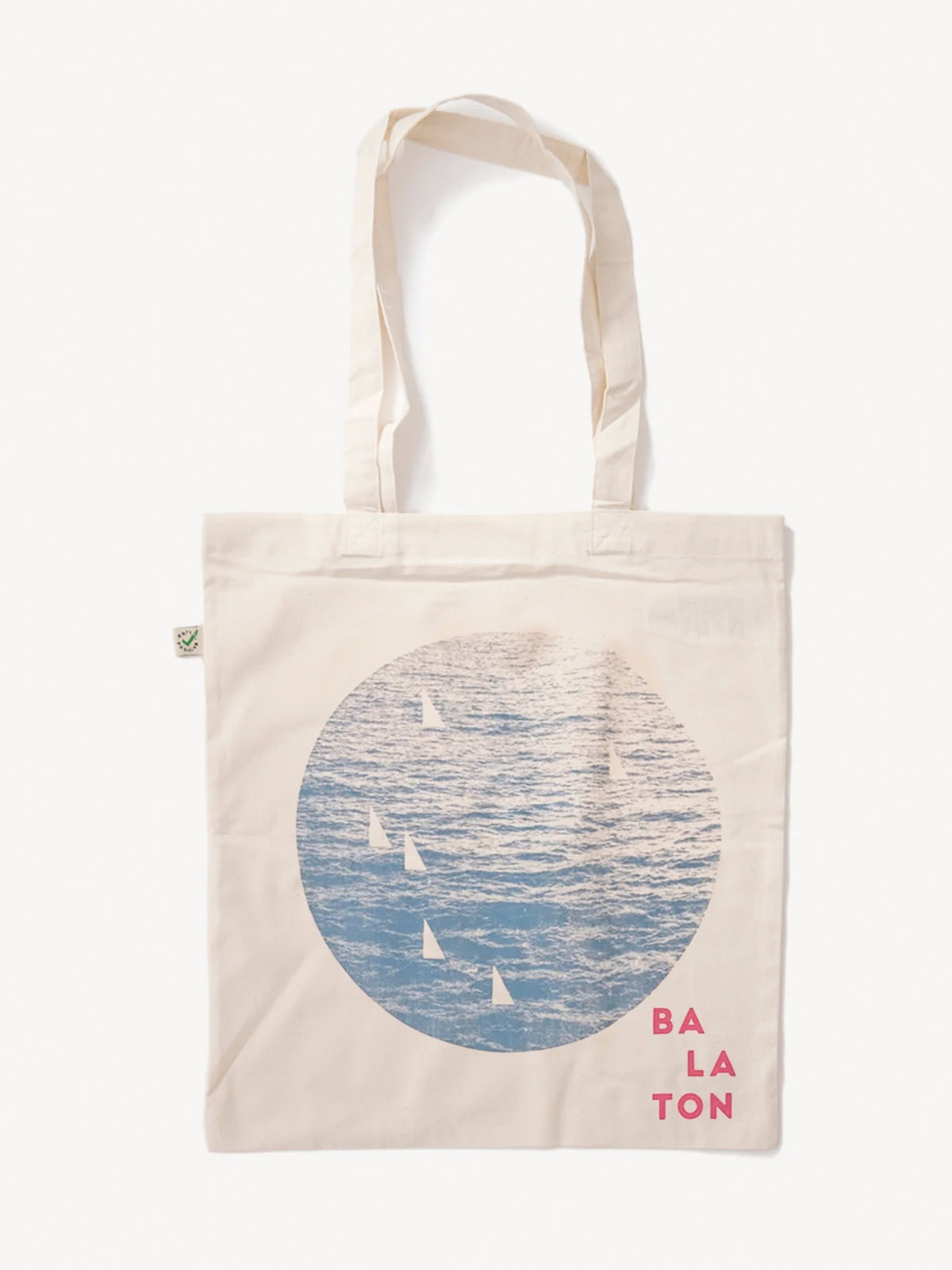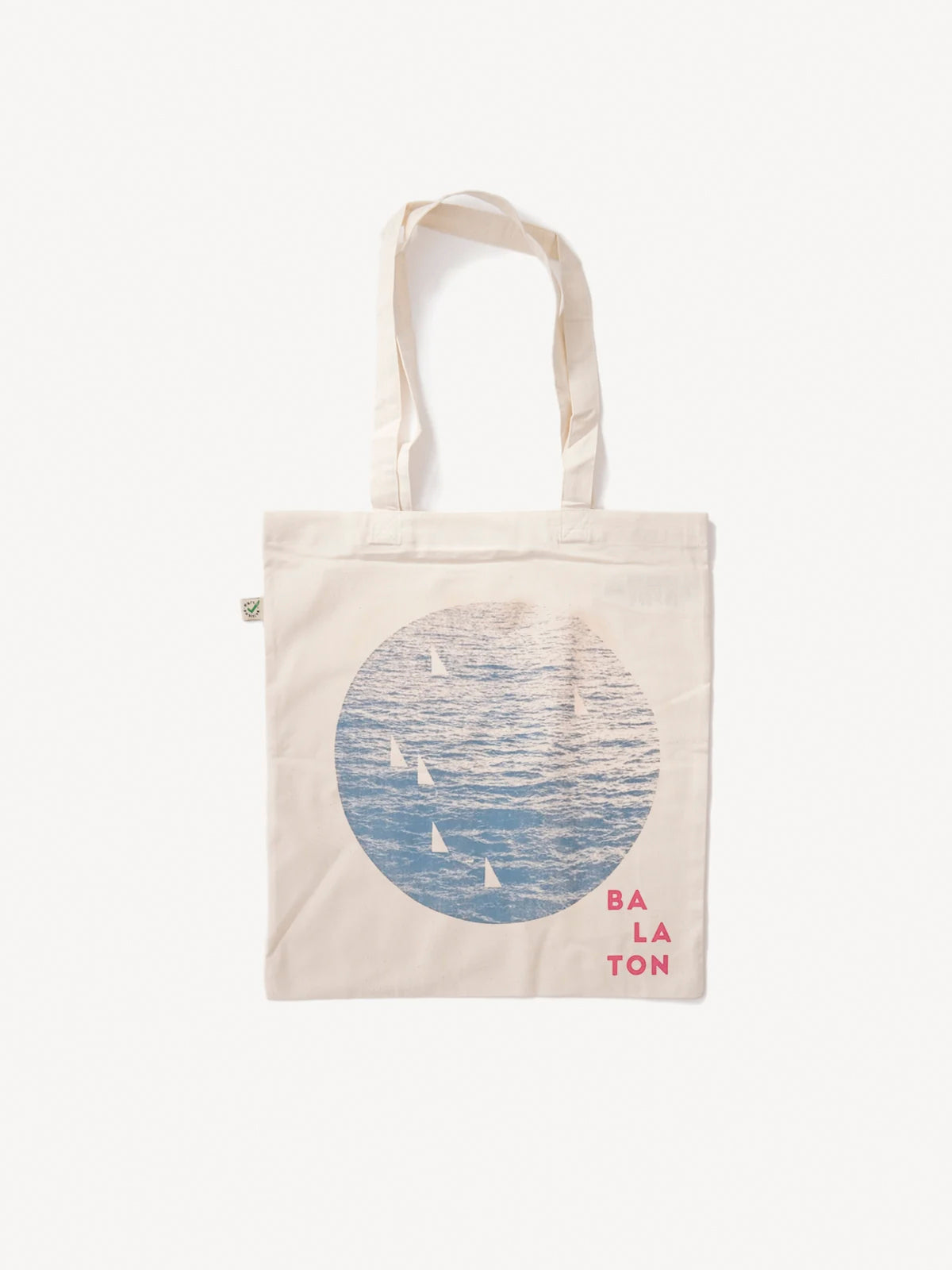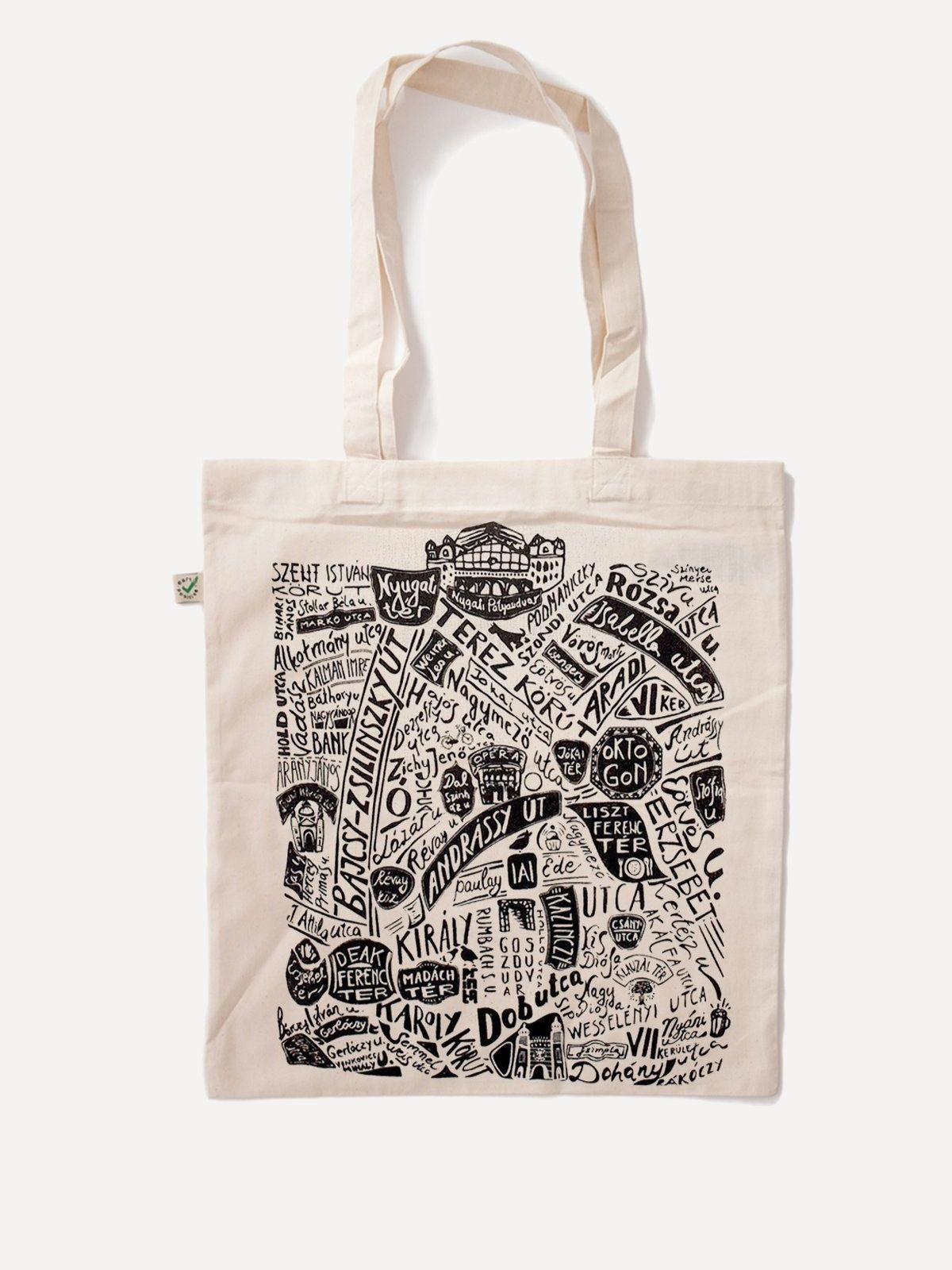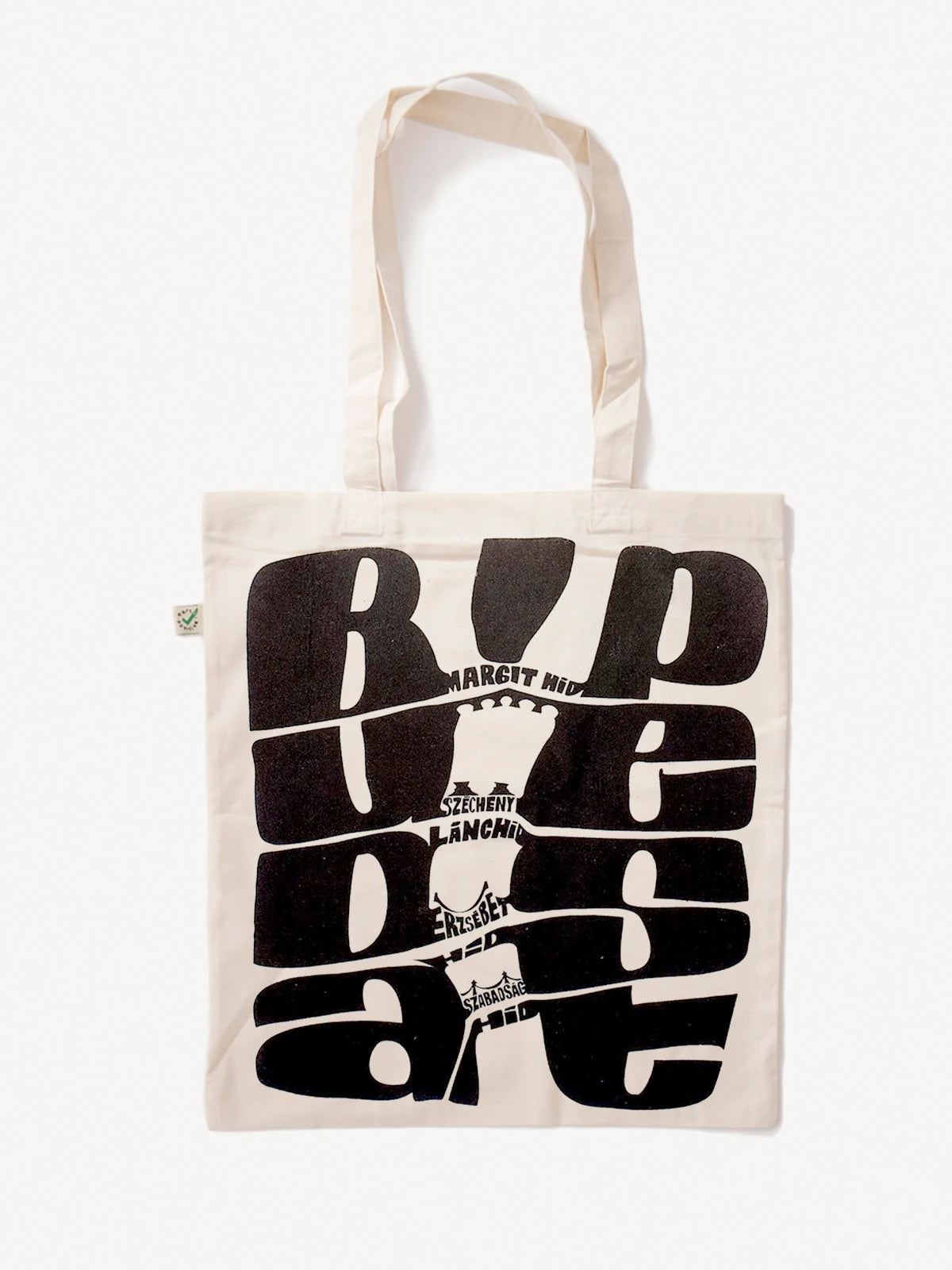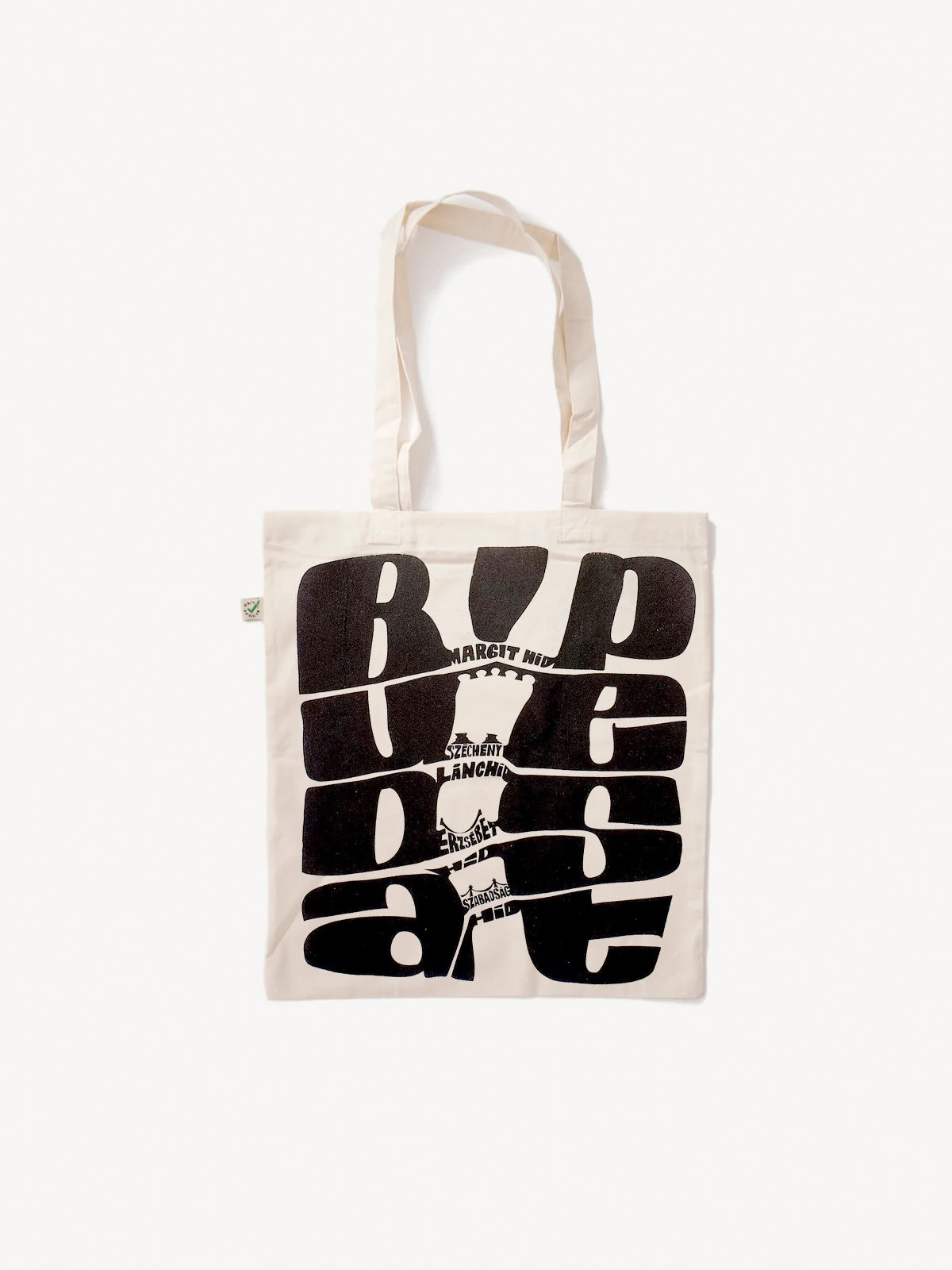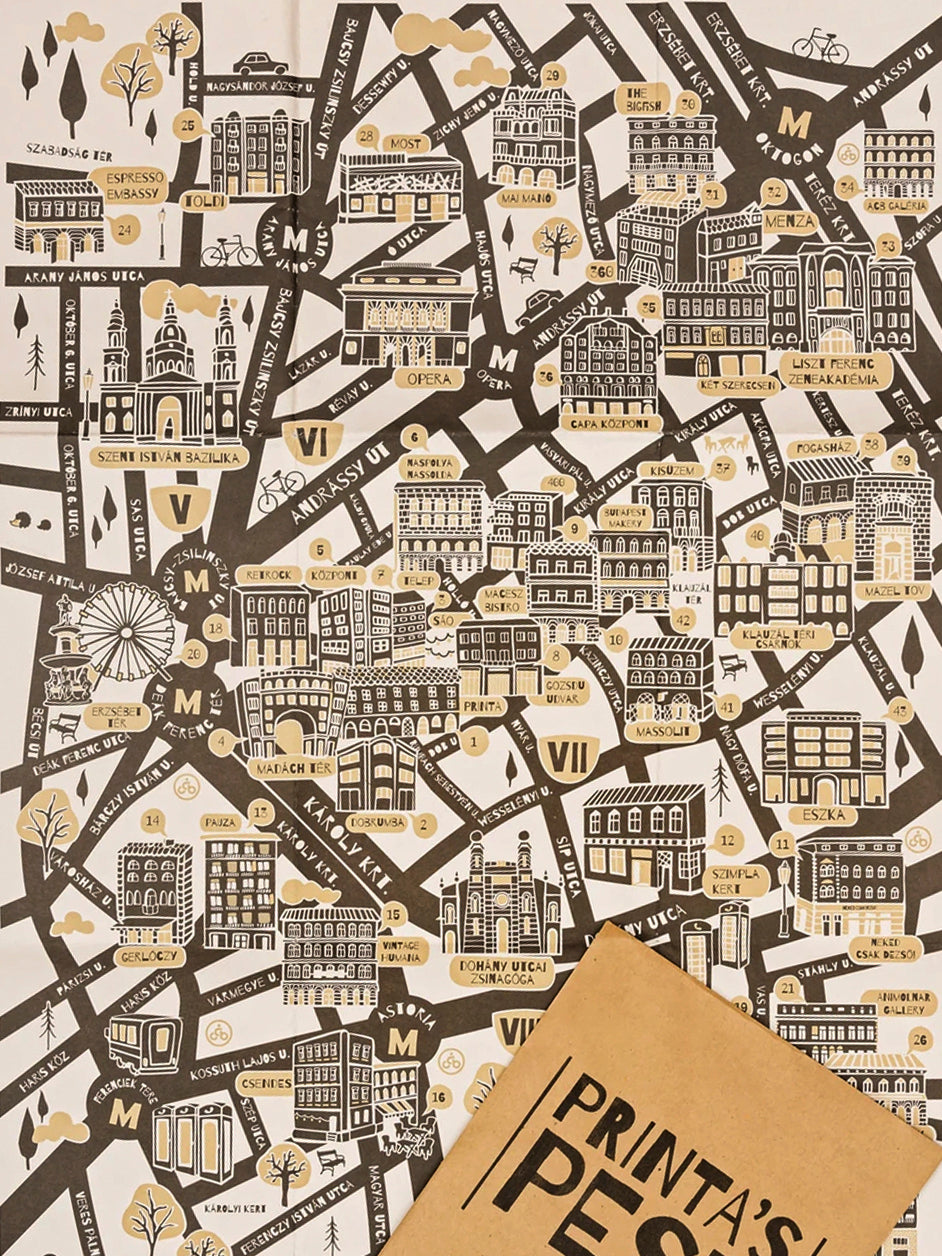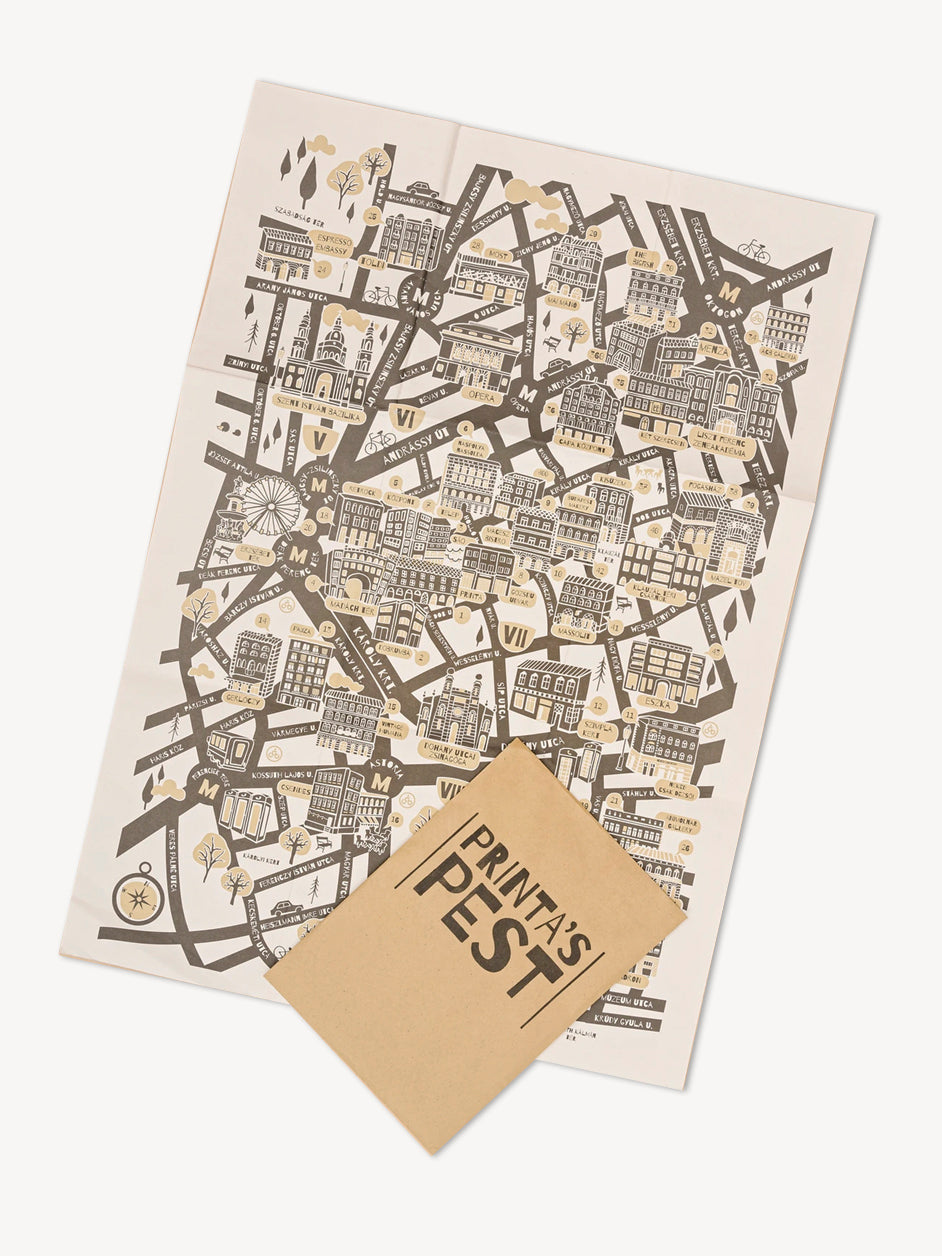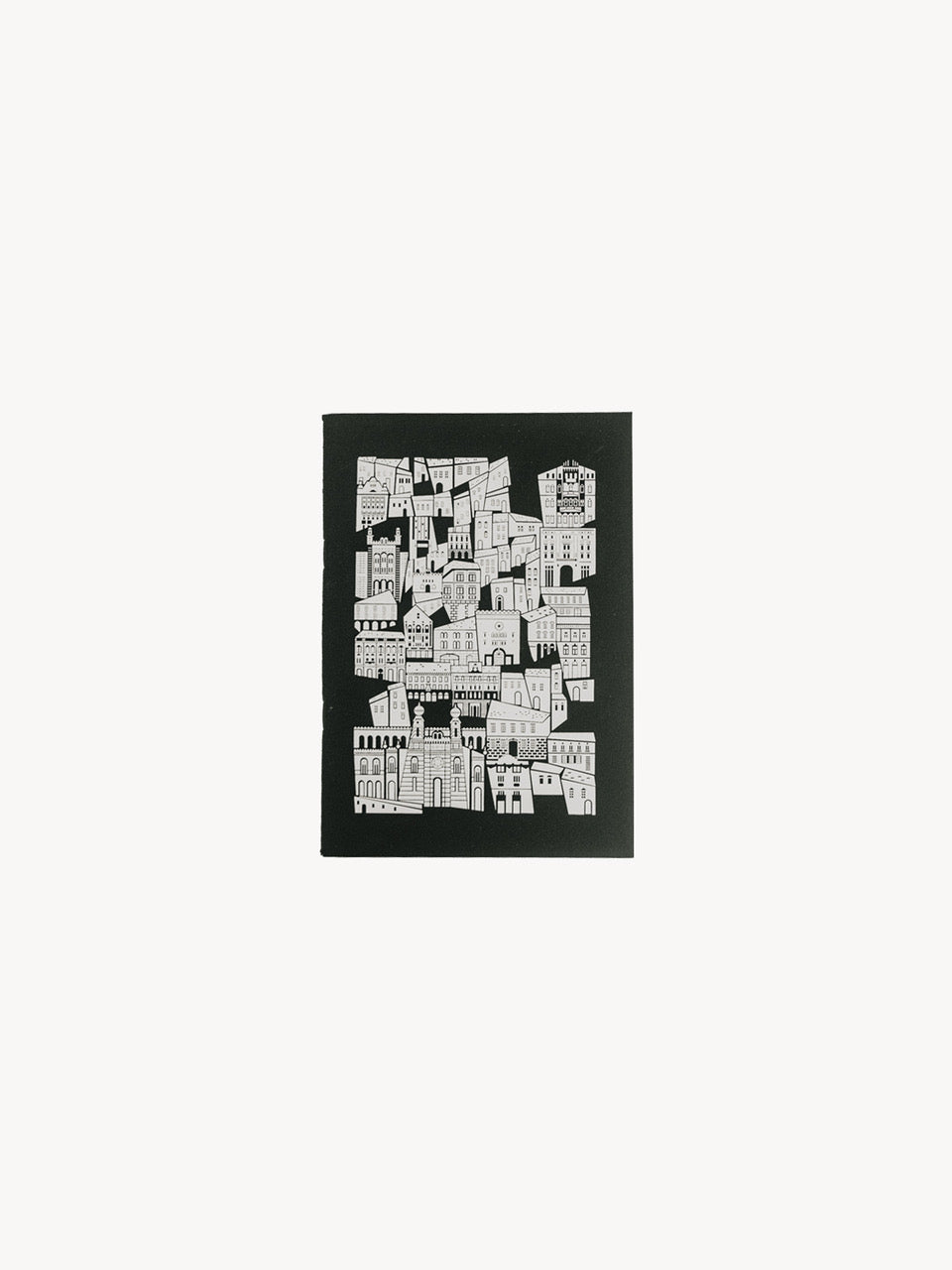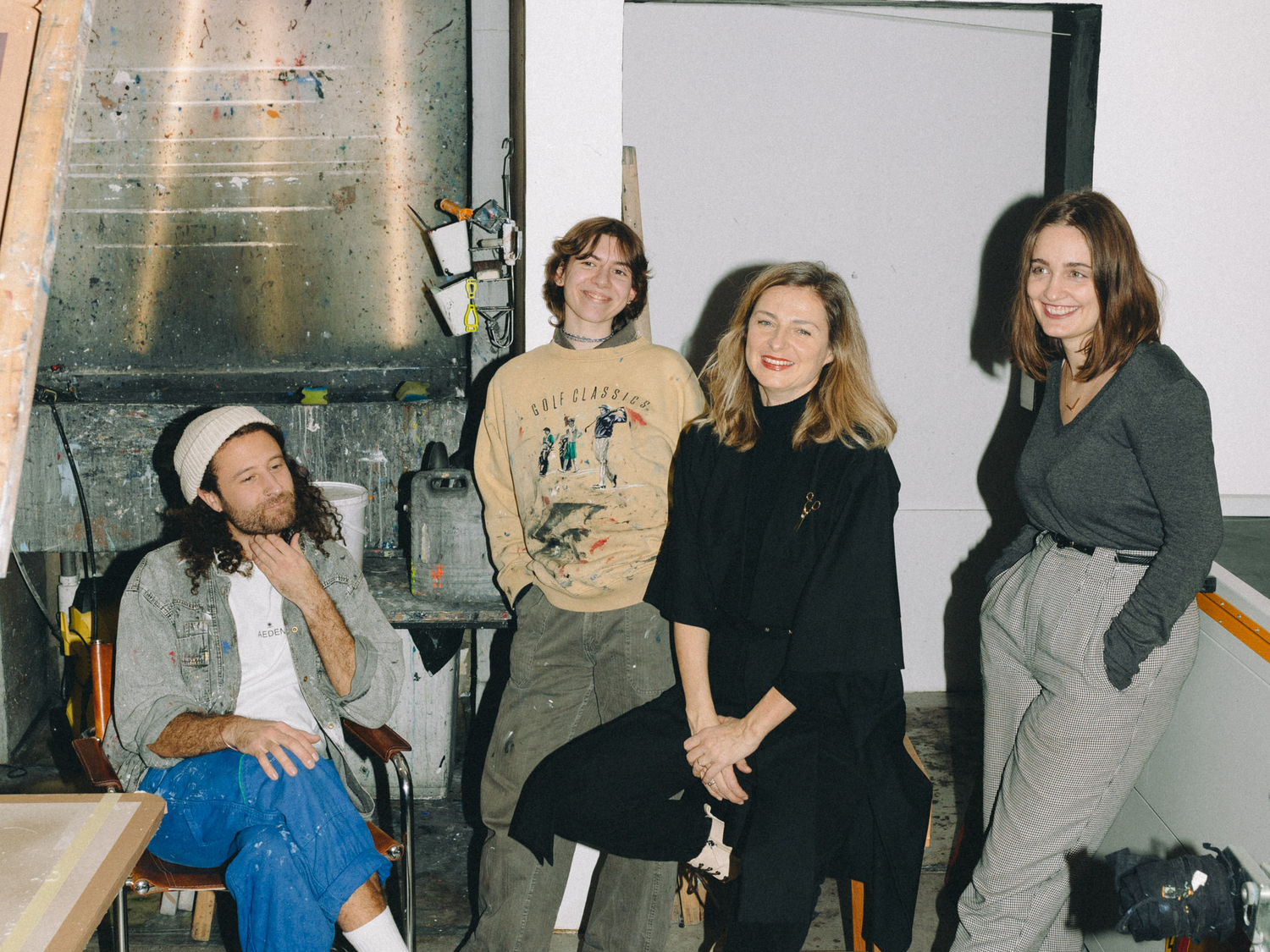Text: Réka Vicar
How does a generation see itself? How self-identical is this image at the individual level? Is it possible to find connections between generational identity and an artist's creative method? Printa opened its first exhibition of the year with the title XYZ - this time the social issues of generations X, Y and Z were on the agenda. Report!
“Imagine that we live in a world where each generation is a separate island. The island of Generation X is full of analog technology, the island of Generation Y stands on the bridge of the digital transition, while on the island of Generation Z, virtual reality is the norm. Now imagine that a bridge connects these islands, enabling travel and exchange of experiences between generations. This bridge is the XYZ exhibition,” says Dorina Pető, co-founder and psychologist of the Mélylevgő project, in her speech at the opening of the exhibition.

But how did we arrive at the central theme of our latest serigraphy collection and exhibition? Since behind the scenes of Printa, artists from different generations are working on the renewal of our product range, the different creative attitudes and world experiences of each team member were the connecting point. That is why we placed the stereotypes and other issues of generations X, Y and Z at the center of our latest works. As Dorina emphasizes in her speech: “The central themes of the artists of the XYZ exhibition are somewhat in line with the stereotypes, but they are not nearly identical to them. Rather, they reflect the current challenges of the given stage of life, spiced up with the social and cultural heritage that they have been given . ”
CONFESSION-PORTRAIT
Printa founder Zita Majoros has been preoccupied with capturing the passage of time, processes of change, and the redefining of female existence in her previous works. Her latest work, “Call me crazy…”, is also shaped by the same themes.
The title of the series, which consists of screen prints and ceramics, was inspired by a social media trend in which women of different ages share their personal stories in Tik Tok videos while performing their daily beauty rituals. In Zita’s works, she parallels this kind of pushing the boundaries of privacy with the realization that for Generation X, mental health, self-care, and open conversations about themselves have long been taboo in everyday life. “In the 80s, when I was growing up, it was not customary to pay more conscious attention to or deal with ourselves, our mental health. Talking openly about ourselves, or in our profession, to build a self-brand, was considered downright impolite. So it took me a little later to consciously deal with my own feelings and my relationship with myself and my womanhood,” Zita explains.

Thus, he chose the female face as the central motif of his works, which appear in small sculptures and prints enclosed in a rectangular enclosure. In contrast to the traditional depiction of female portraits, the expression of the ideal of beauty becomes irrelevant here, and traces of internal events seem to emerge on the created female faces. The recognizable, yet abstract facial shapes are reduced to completely amorphous silhouettes: each of the portraits, shaped from clay, becomes a symbol of a confession.

“WHAT IS OURS?”
While the theme of X is self-branding, dealing with ourselves, Y is concerned with issues of homemaking, existence and creating security. “ Not because idealistically selecting home design images on Pinterest is their favorite leisure activity, but because at 30-40 years old, this is a task that comes with age, which is not made easier by the social environment where it is almost impossible to get your own housing and move from one to two,” Dorina draws our attention.

“The question of what is ours may arise as a question of our generation,” says Bálint Dániel Varga. Through his serigraphs titled “Vase,” he actually examines the relationship between object and person. The silhouettes, reminiscent of Greek vases, stand steadily on their tables, while the geometric shapes appearing on them transform into formal rhythms – as an imprint of the life and events taking place around the object. The scenes thus drawn offer a new perspective: what do our objects see when they look at us? The central motif of the graphics acts as a kind of mirror: they encourage us to reflect on our own environment and what the objects around us mean to us.
The search for security, or more precisely, the motif of uncertainty, also becomes a source of inspiration for Z's works.

"A LITTLE LIGHT AT THE END OF THE TUNNEL"
The origin of the Z generation is digital culture: they were born into the world of technology, which permeates their connection to the world and their identity. As a counterpoint to this, Zorka Bencsik nevertheless reaches out towards manual techniques in her creative activity. She eschewed digital methods, and did so in her latest works as well, where she replaced the otherwise digital filmmaking process with manual ones, with pencil, scissors and paper, leaving even more room for randomness. This kind of attitude nicely creates a dialogue with the central theme of her new works. The artist examines the attitude of the Z generation to the future, in which she articulates the simultaneous presence of loss, uncertainty and the search for a way out.

“This generation has infinite possibilities, but they are all somehow limited. It really doesn’t matter which path we choose, because another epidemic or a war, but even if they don’t, global warming will intervene anyway. Regardless, we also want to plan our future. This feeling was the starting point for my work,” explains Zorka. For the visual representation of infinity and limitation, she goes back to one of the most complex symbols in cultural history, the labyrinth. The strange geometric and spiral networks of forms take shape in black and white shades, highlighted by silver accents from their monochrome background – as Zorka puts it: “so that there is a little light at the end of the tunnel.” The different labyrinths eventually unite as a flag, as a cohesive symbol of a community and an idea.
Z-MOSAIK
Although Anna Szabó's graphics are created using analog techniques, digital tools serve as a complementary element in her creative method: the source of inspiration for serigraphy is artificial intelligence. More specifically, the artist turned to ChatGPT to ask what she sees as Generation Z. She then transformed the keywords listed into line drawings – true to her previous works, in a self-reflective manner, from the perspective of her own experiences.

The six selected themes also come together as a possible mosaic of the everyday lives of Generation Z. Jumping headlong into their own business (entrepreneurship), which also indicates that members of this generation want to be not only consumers, but also active participants in society. FOMO, or fear of missing out, captures the feeling of constant urge to always be connected to current events. OOTD (outfit of the day) and skincare show the importance of taking care of themselves and expressing themselves, and the importance of micro-influencers and sustainability indicates that they want to be conscious of their environment. “One of my favorite works from the series is the work titled skincare. In the graphic, we see a mask that we usually put on our faces for beauty purposes, but at the same time it also expresses dissatisfaction with ourselves. We are constantly looking for our smallest flaws and a solution to make them disappear: we hide reality and even trumpet it,” Anna highlights.

AZ's topics, whether it's uncertainty, ChatGPT, environmental awareness, FOMO, entrepreneurship or being a microinfluencer, are important to this generation not because they are born socially anxious, but because at this stage of life, getting to know themselves and understanding the world is their completely normal task, and they have to find timeless answers to all of these in an unpredictable world," Dorina explained.

He concludes his thoughts with: “If we consciously try, we can peek out from under the glasses our generation has given us. We can peek into what lenses the other generation has been given. Let us look at the works in the exhibition with these eyes. Let us put on each other’s glasses, use this exhibition as a bridge, and visit each other’s islands.”

XYZ creations are also available on the Printa webshop .
Exhibiting artists: Kata Zóra Bencsik, Zita Majoros, Anna Szabó, Dániel Bálint Varga
Photos: Daniel Gaal


